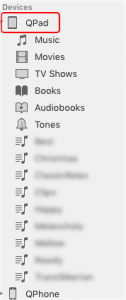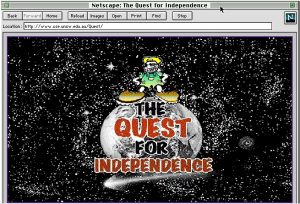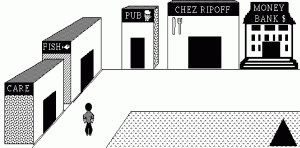I’ve talked about examples before, and have long suggested that examples for learning should be in the form of stories. Today I thought a little deeper about how those stories can be told. And I thought of a particular entailment about video. But let me go through the whole story.
So, first, an example needs to do several things. Foremost, examples show how a concept is used in context to guide performance and achieve a solution. To put it another way, examples illustrate how a model is used to make decisions in a specific situation. It could be situational coaching, a sales process, how to run a brainstorming session, or the basis of a good presentation. Importantly, examples need to show the underlying thinking behind what aspects of the situation made this model relevant, how it was mapped to the situation, how it stipulated as actions to take, and what the outcomes were. It can also show mistakes, backtracking, and repair.
So how does this map to media? There are (at least) three good ways to tell such a story. One, obviously, is prose. It’s easy to show the underlying thinking or discussions as “dialog” (internal or otherwise). You can even illustrate model with a diagram, and convey context with a picture. And this works. However, for variety, you could use more visual treatments.
I’ve argued in the past that graphic novel formats also make sense. They strike a balance between conceptual and contextual, and tell a story nicely. You can use thought bubbles to show the underlying thinking, include diagrams as a separate panel. And you can include necessary context but simplify the unnecessary context.
Finally, there’s video. This can be an animated cartoon (e.g. dynamic graphic novel), a narrated slideshow (think: Ken Burns), or a documentary style. The question: how do you represent the model? Is it a separate narrated animation, or an overlay on the video (or both)? I don’t think it matters as long as it’s explicit, and the underlying thinking is shown linking the concept to the context.
The point is that the nuances matter. It’s not just ‘content’; the elements that we provide have specific roles and we need to understand those.





